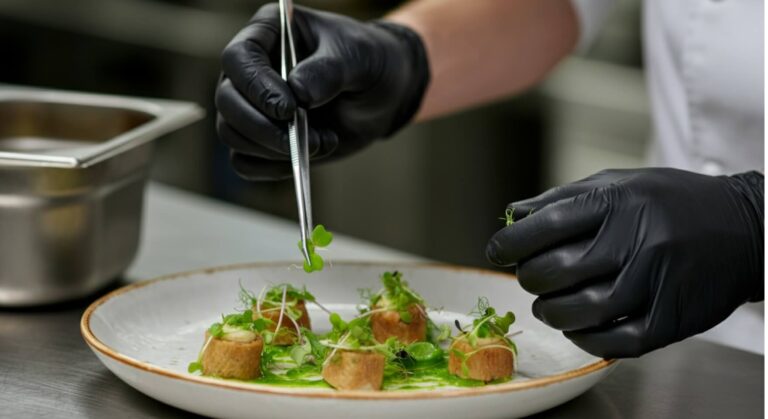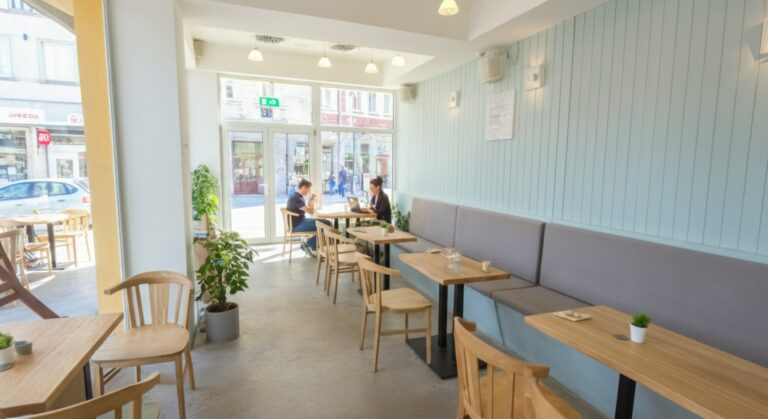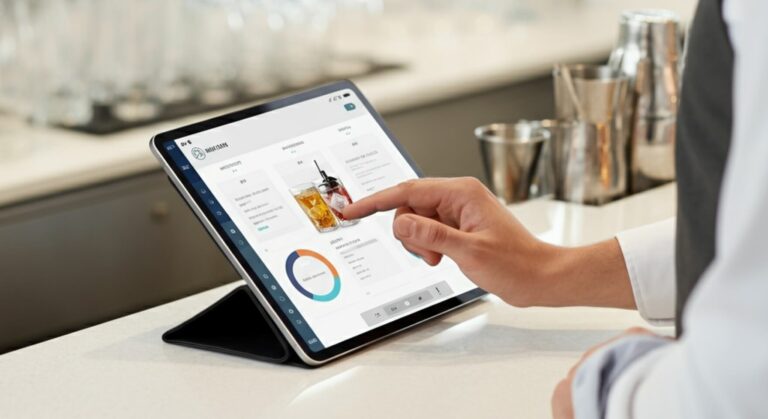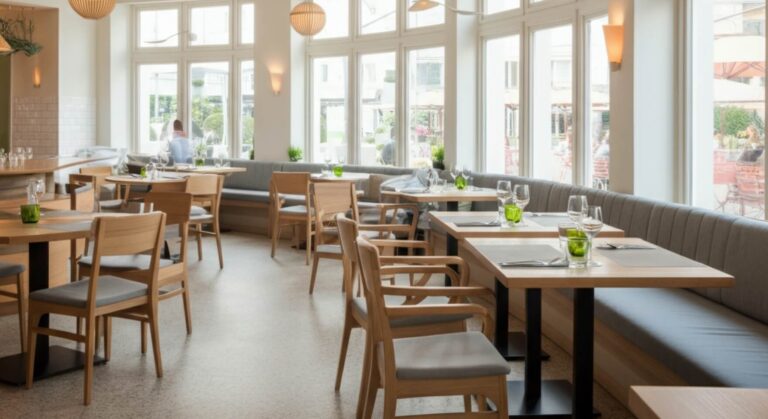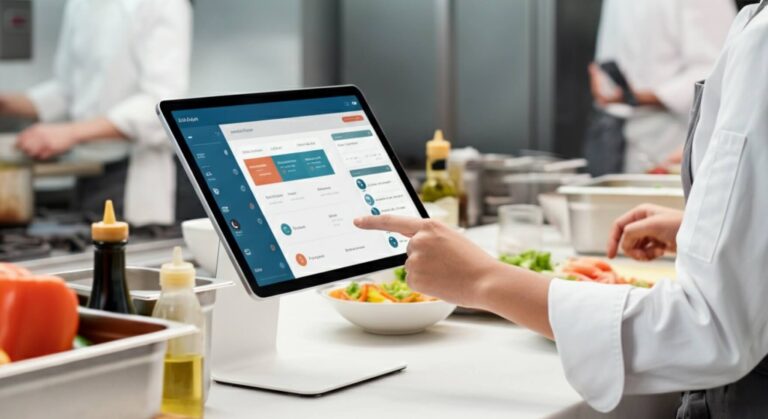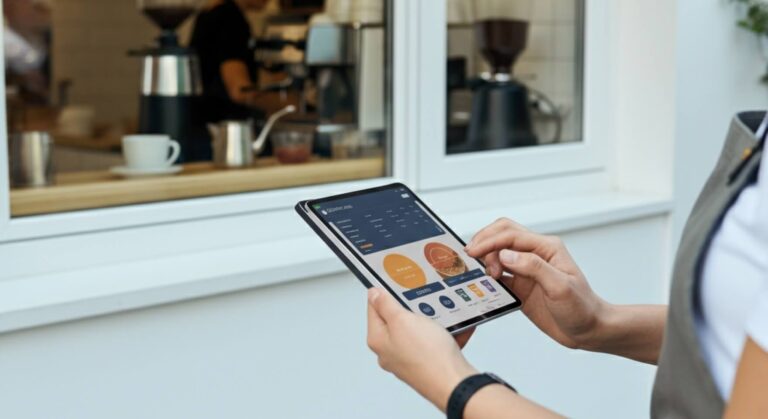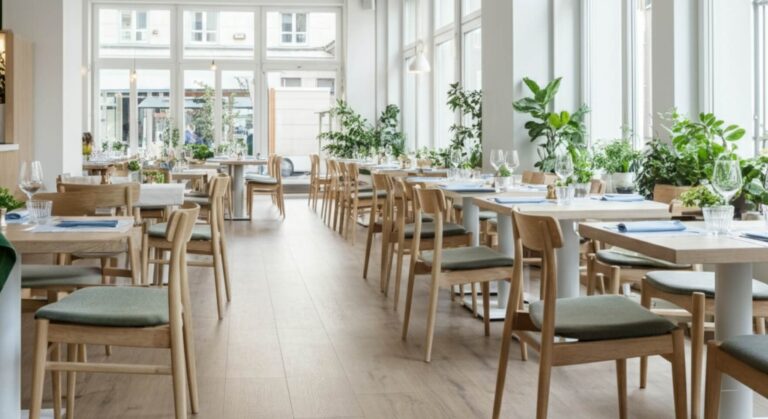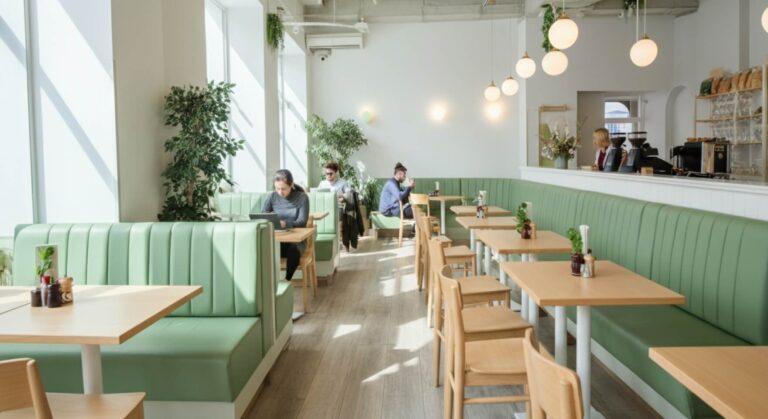

Your daily revenue is breaking records, guests are happy, and the barista can’t keep up with ringing up checks. It seems like your business is thriving. But when it’s time to pay rent and salaries, there’s somehow not enough cash in the account. Sound familiar? This is a classic sign that you’re looking at your restaurant through the eyes of a guest, not an owner.
The problem is that revenue is not yet profit. To understand how much you’re actually earning, you need management accounting. Let’s use the simple example of a cup of cappuccino to figure out what it is and why any food service establishment risks going bankrupt without it.
Management Accounting in a Cafe: Why is it Needed if There’s Bookkeeping?
What is Management Accounting in a Restaurant and Why is it Needed
Let’s distinguish the concepts right away. Bookkeeping is for the tax authorities. It shows general figures and ensures everything is legal. But cafe management accounting is your personal navigator. It’s for you and your manager. Its main task is to show the real picture of income and expenses so you can make the right management decisions.
The role of management accounting is to conduct management accounting and provide answers to the most important questions:
- What is the real cost of each dish?
- Which menu items are profitable, and which are dragging you down?
- Where does every dollar go, and how can expenses be optimized?
Without this data, managing a restaurant becomes blind wandering. Accounting in the restaurant business is a key task.
How to Calculate the Real Cost of Coffee
So, how much does your cappuccino cost? The first thought is to add up the cost of coffee, milk, and the cup. This is called direct costs, or food cost. But this is just the tip of the iceberg in food service accounting.
The real cost includes:
- Direct costs: Beans, milk, sugar, cup, lid, napkin.
- Indirect production costs: Rent, utilities, salaries for the barista and cleaner, depreciation of the coffee machine. Conducting management accounting in a restaurant requires attention to all the details.
- Administrative and commercial expenses: Accountant’s salary, advertising costs, banking fees. Financial accounting must be complete.
Only by calculating and “spreading” all these costs over each cup sold will you see the real profitability. And it may turn out that your most popular drink is actually causing you a key loss. The work efficiency of each employee also affects the final figure.
The Three Main Reports in Restaurant Management Accounting
To build management accounting in your establishment, you need to regularly collect and analyze three main reports. This is the foundation of organizing your accounting.
1. Cash Flow Statement: How Much Money the Business Really Has
This is the simplest report. It shows the cash flow—how much money came in and how much went out of your accounts and cash register during a period. It helps avoid cash gaps but doesn’t show if you’re profitable. After all, buying a month’s worth of products is an expense today, but it will generate income in the future.
2. Profit and Loss Statement: Is Your Food Service Business in the Black
Here it is, the main document for the owner! The Profit and Loss Statement compares income and expenses specifically for the reporting period, regardless of when the money was paid. This is where you see the net profit or loss. This financial report is the main indicator of operational efficiency.
3. Balance Sheet: What the Restaurant Owns and Who it Owes
This shows what your company owns (assets) and how it’s financed (liabilities: your own or borrowed funds). It’s a snapshot of your business’s financial stability on a specific date. Proper management accounting is impossible without this document.
Organizing Accounting in a Restaurant: How Automation Simplifies the Process
Trying to organize accounting in Excel is the way of the samurai: long, painful, and with an unpredictable outcome. Manual data entry is a source of errors that distort all reporting.
Modern software and a cafe accounting program are a lifesaver. Cafe accounting automation allows you to:
- Track all operations in real time.
- Automatically generate all three reports.
- Control write-offs and product deductions after each sale.
- Simplify inventory taking (for example, inventory in Syrve or similar systems).
Setting up accounting with software is not a luxury, but a necessity for cafes and restaurants. It’s the basis for financial transparency and management efficiency. It’s time to implement an accounting system that will work for you.
Management accounting in the restaurant business isn’t boring bookkeeping. It’s a powerful tool that helps identify weak spots, see growth opportunities, and confidently manage your establishment. Stop guessing, start counting. And then you’ll know for sure how much your cappuccino really costs and how much you’re earning on it. Are you ready to implement an accounting system and bring order to your numbers?

